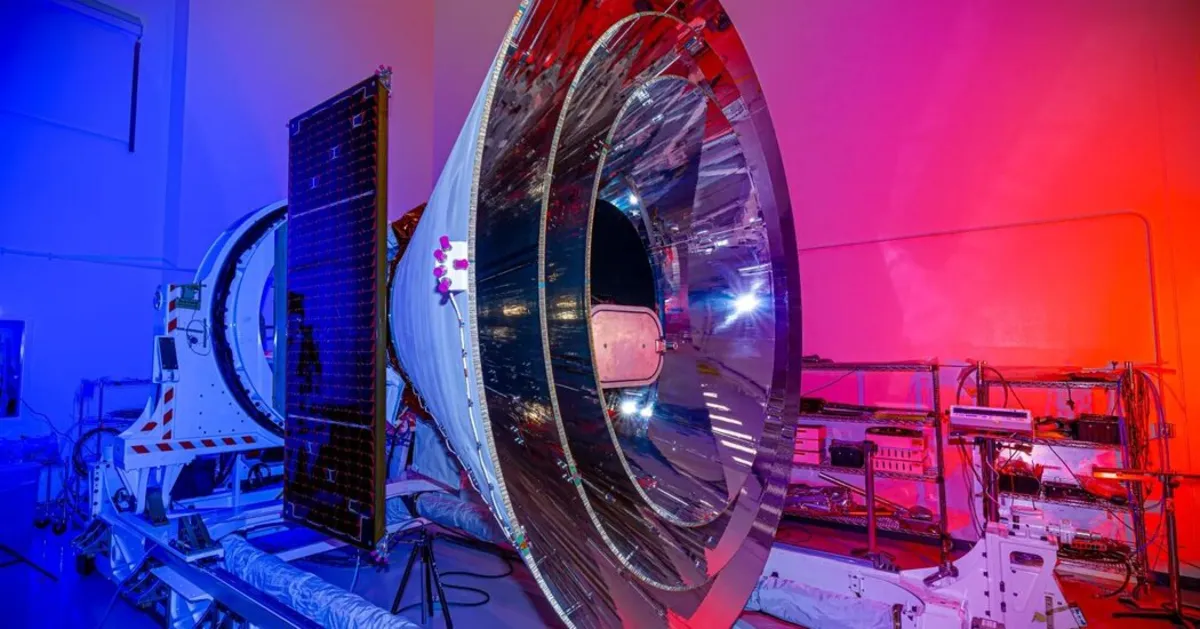
Two significant NASA missions are facing delays as they prepare for a launch aboard a single rocket. These missions are set to unravel profound mysteries about the universe, with one focusing on distant celestial bodies and the other concentrating on our solar system. The postponement comes after SpaceX announced on its platform, X, that further checks on the Falcon 9 rocket were necessary just two hours before the planned launch time of 10:09 p.m. Eastern.
SpaceX has committed to updating the public on the next launch attempt, which will take place from the Vandenberg Space Force Base in California. The primary payload for this mission is the SPHEREx space telescope, which is designed to capture images of the entire sky across more than a hundred wavelengths that are invisible to the human eye.
SPHEREx, an acronym for Spectro-Photometer for the History of the Universe, Epoch of Reionization, and Ices Explorer, is aptly named given its ambitious objectives. This innovative space telescope will survey the entire sky in 102 different colors, or wavelengths, of infrared light. Shaped like a giant megaphone, SPHEREx is set to record approximately 600 images each day, capturing light from millions of stars in our cosmic neighborhood, as well as countless galaxies beyond.
Utilizing a method known as spectroscopy, SPHEREx will analyze light by separating it into various wavelengths, akin to how a glass prism creates a rainbow from white light. This color spectrum will provide vital information about the chemical composition and distance of celestial objects from Earth, allowing scientists to gain deeper insights into the cosmos.
Accompanying SPHEREx on this mission is a collection of satellites known as PUNCH, designed to investigate the sun’s outer atmosphere and the solar wind. Together, these missions will enhance our understanding of both distant galaxies and our own sun, contributing to the broader field of astrophysics.
As we await further announcements regarding the launch, the scientific community and space enthusiasts alike are eager to see what discoveries lie ahead from these groundbreaking missions. Stay tuned for updates on the next launch attempt and the exciting research that will follow.